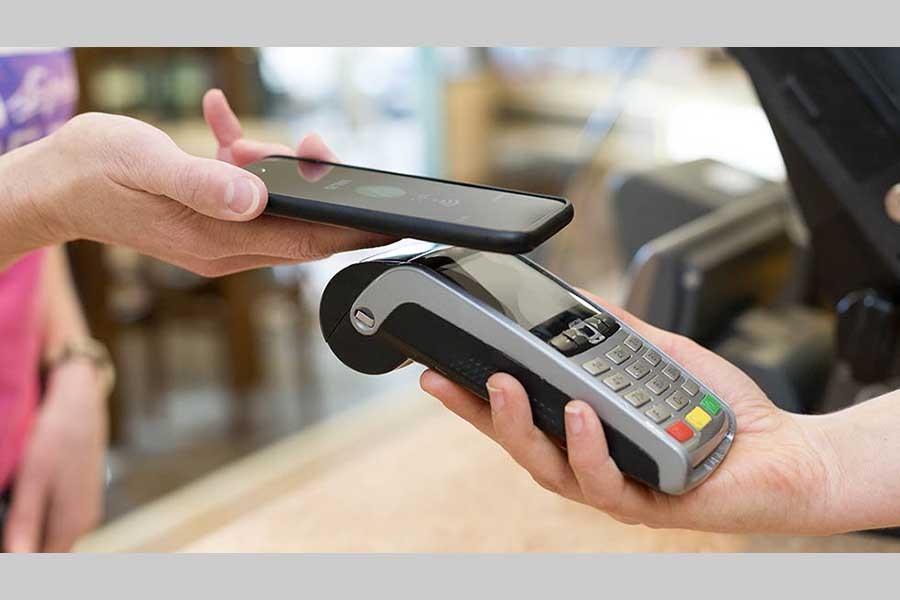With technology available more noticeably than ever before, one of the key areas where it is well-suited for public welfare is banking. No doubt, banking and financial transactions in the country have already experienced a sea change due to increasing application of digital technology. Still, it is true that not the entire banking sector is still up for embracing the smart system that not only renders day-to-day banking smooth and trouble-free but also delivers efficient services to the clients. Here, it is the state-owned commercial banks (SoCBs) which lag far behind the private commercial banks (PCBs). The latter appear to be doing fairly well in applying a host of client-friendly devices in facilitating a host of banking activities.
One of the key fields that technology offers much to the advantage of the banks and their clients is known as alternative delivery channel (ADC). As the name suggests, this is basically to allow bankers and clients to prefer options in banking transactions alongside conventional banking. In fact, it is here that tech-based banking has rapidly advanced to meet clients' needs in various shapes and forms. ADC signifies a broader range of options through which a customer can access financial services without visiting a bank by means of automated teller machine (ATMs), internet banking, agency/agent banking, extension/field services, mobile banking and so on. A recent study by the Bangladesh Institute of Bank Management (BIBM) shows that in Bangladesh, the PCBs have accomplished this feat with commendable success, while the SoCBs despite their countrywide network and resources lag far behind. The study mentions a number of crucial areas, such as ATM servicing, agent banking and internet banking where the SoCBs are overwhelmingly outperformed by the PCBs. This is believed to be a crucial area where the SoCBs are largely deficient in keeping up with the needs of the time.
The main issue is not to draw line between the two breeds of banking in the country, but to stress upon the need for the SoCBs to move faster in a well-planned manner. Understandably, being controlled and owned by the government, the SoCBs are to conform to the policies and plans of the finance ministry, which reportedly has only lately nodded to increased technology-based banking. On the other hand, the PCBs have gone far ahead because of their initiatives to follow global trend by subscribing to user-friendly tech practices.
Since long, it has been well established that financial institutions in the emerging and developing markets are gradually deploying ICT in the form of ADCs and shifting from traditional modes of banking. This is due to the simple reason that clients are not only facilitated by the vastly quicker and well-proven transaction methods but physical work by the bank staff also gets significantly reduced. Given the two-way advantages, it is important that the SoCBs are provided with plans and funds to grow more and more tech-based for their own sustenance and indeed for the benefit of the large number of their clients as well.


